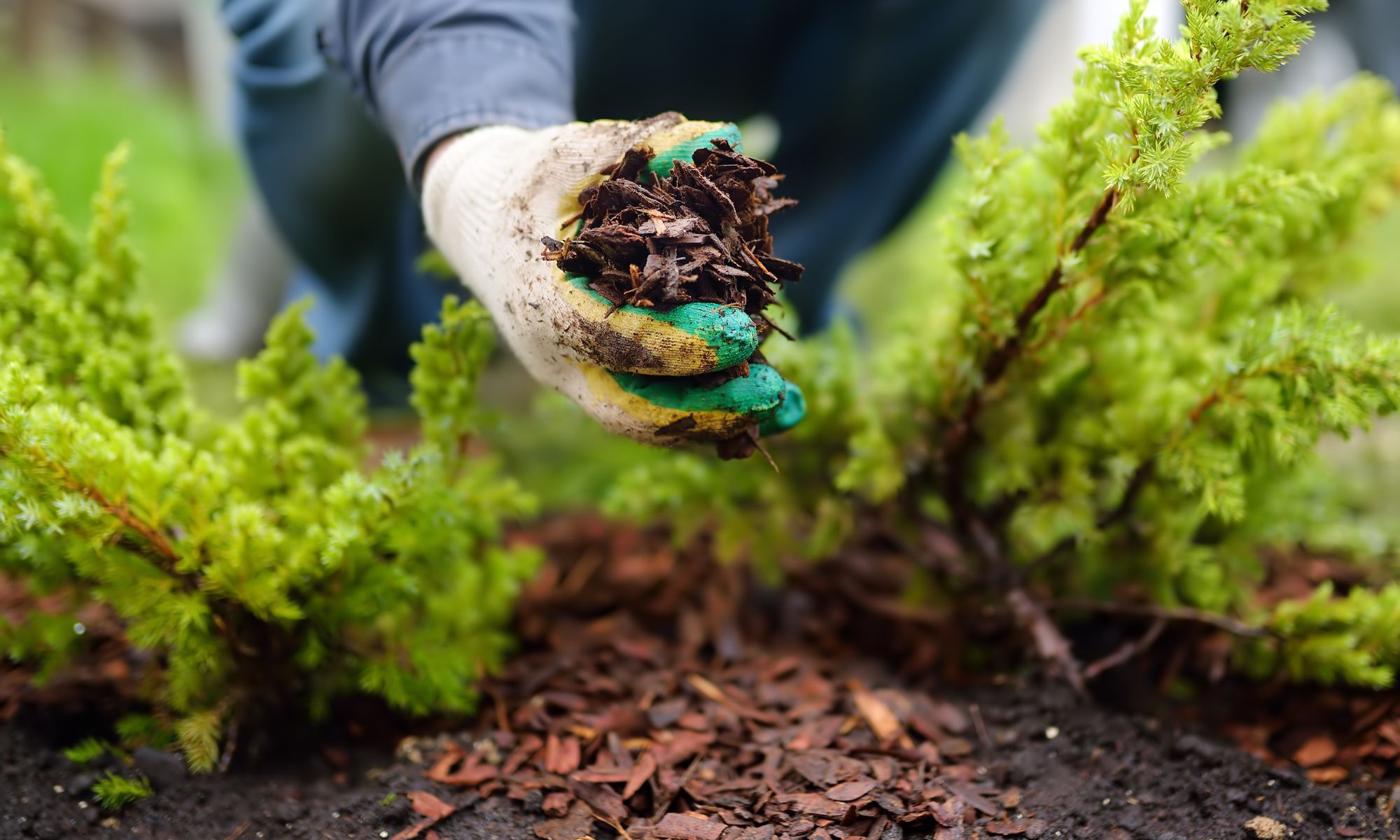Controlling Weeds
Inexpensive and Effective Techniques
Published on May 3rd, 2023

Wild invaders in our lawns, gardens and flowerbeds steal precious nutrients, water and sunlight from surrounding plants. Weeds are fast-growing and perfectly adapted to their local environment: they can often tolerate heat, a lack of water, and harsh winter weather. It can feel like a losing battle, but homeowners can turn the tide with a multi-step approach.
Limited tilling
When preparing your soil for spring planting, limit the tilling. Don’t turn over the entire garden or flowerbed; instead, dig a hole that is just large enough for the seeds or transplant. This may sound counter-intuitive because why wouldn’t it be a good idea to ensure it all looks clean? The reason is tilling brings dormant weed seeds and bits of roots to the surface where they can launch new growth. The no-till approach has also been shown to improve soil structure and fertility, as well as increase beneficial soil organisms (EcoWatch 2016).
Removing weeds
There is an old saying among gardeners: Pull when wet; hoe when dry. The best time to pull up weeds is when the soil has been drenched by a heavy rain and/or watering session. If you find that pulling certain weeds leaves behind sections of root, first dig into the soil immediately around the plant using a trowel. An old table fork can be handy to twist out small clumps. For dandelions, dock and other taproot weeds, it is important to remove as much of the root as possible without disturbing a wide area. The best tool for the job is one that is long and sharp, such as a fishtail weeder (available at garden stores) or an old steak knife. Thrust down at a slight angle then flick up to remove the cut root (Pleasant 2023).
Under dry conditions, hoeing is a great option. If you slice weeds off just below the surface of the soil, most of them will shrivel up and die. Regular hoeing will weaken persistent weeds that continually try to regrow from fragments of root.
Herbicides are best avoided because they damage surrounding plants, and the chemical ingredients can be harmful to children, pets, wildlife and essential soil microorganisms.
Off with their heads
When you don’t have time for a lengthy session of hoeing or pulling weeds, pinch off the flowers. Pretty petals turn into seed heads that spawn new plants, which in turn produce thousands more seeds. This is a cycle worth nipping in the bud.
Targeted watering
Try to water only your preferred plants and deprive the weeds. The best way to do this is to place a drip or soaker hose in flowerbeds and along garden rows. Delivering water exactly where it is needed reduces water waste while giving your preferred plants a head start.
Solarize
Solarizing uses the heat of the sun to bake weeds. This method works best for large areas such as a newly created section of garden. Cover the soil with a sheet of heavy, black plastic, place rocks on top to hold it down, then leave it in place for four to six weeks. The heat and lack of rainfall will kill most weeds (although some of their seeds may survive in the soil).
Compost
Compost offers some unexpected benefits in terms of controlling weeds. Soil scientists aren’t sure how it works, but fewer weed seeds germinate in soil that contains fresh infusions of good compost or organic matter. Perhaps when the soil is healthy, weed seeds sense that they are out of a job and are less likely to appear (Pleasant 2023).
Mulch
Mulch is a material applied to the surface of the soil to retain moisture, regulate the temperature, suppress weed growth, and often improve the health of the soil. There are many types of mulch: bark chips, shredded wood, compost, grass clippings, straw, gravel and even coconut shells. Ideally, mulch should be applied to a depth of five centimetres; this is sufficient to be functional without restricting airflow. The ideal time to apply mulch is late spring when the soil is warm, and it is moist from spring rains.
Vinegar
For hard-to-remove weeds that poke up through walkways, try vinegar. The acetic acid in vinegar is a natural herbicide. Apply household vinegar at full strength when the soil is dry to kill most weeds within a day. For stubborn weeds, try double strength vinegar containing 10% acetic acid (this product is often available at hardware and garden supply stores).
These tips can help you stay one step ahead of pesky weeds for a yard and garden that become more beautiful with each passing year.
Sources
EcoWatch. “12 Ways to Get Rid of Weeds Without Using Roundup.” June 2016. https://www.ecowatch.com/12-ways-to-get-rid-of-weeds-without-using-roundup-1891166153.html.
Barbara Pleasant. “Six Tips for Effective Weed Control.” Fine Gardening Magazine. Accessed April 2023. https://www.finegardening.com/project-guides/gardening-basics/six-tips-for-effective-weed-control.
Powered by Froala Editor